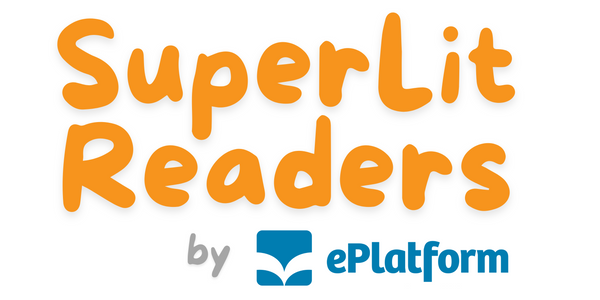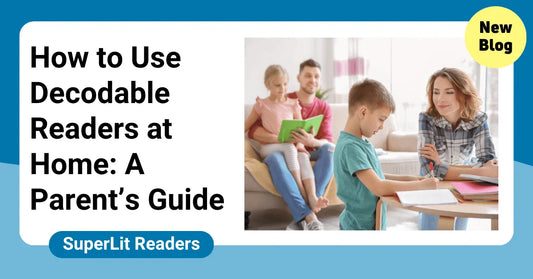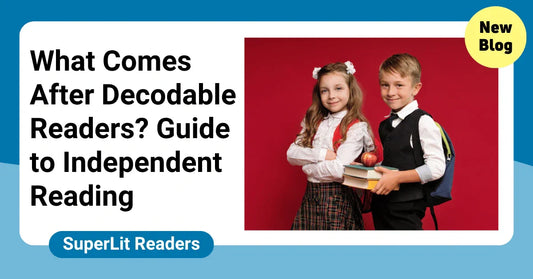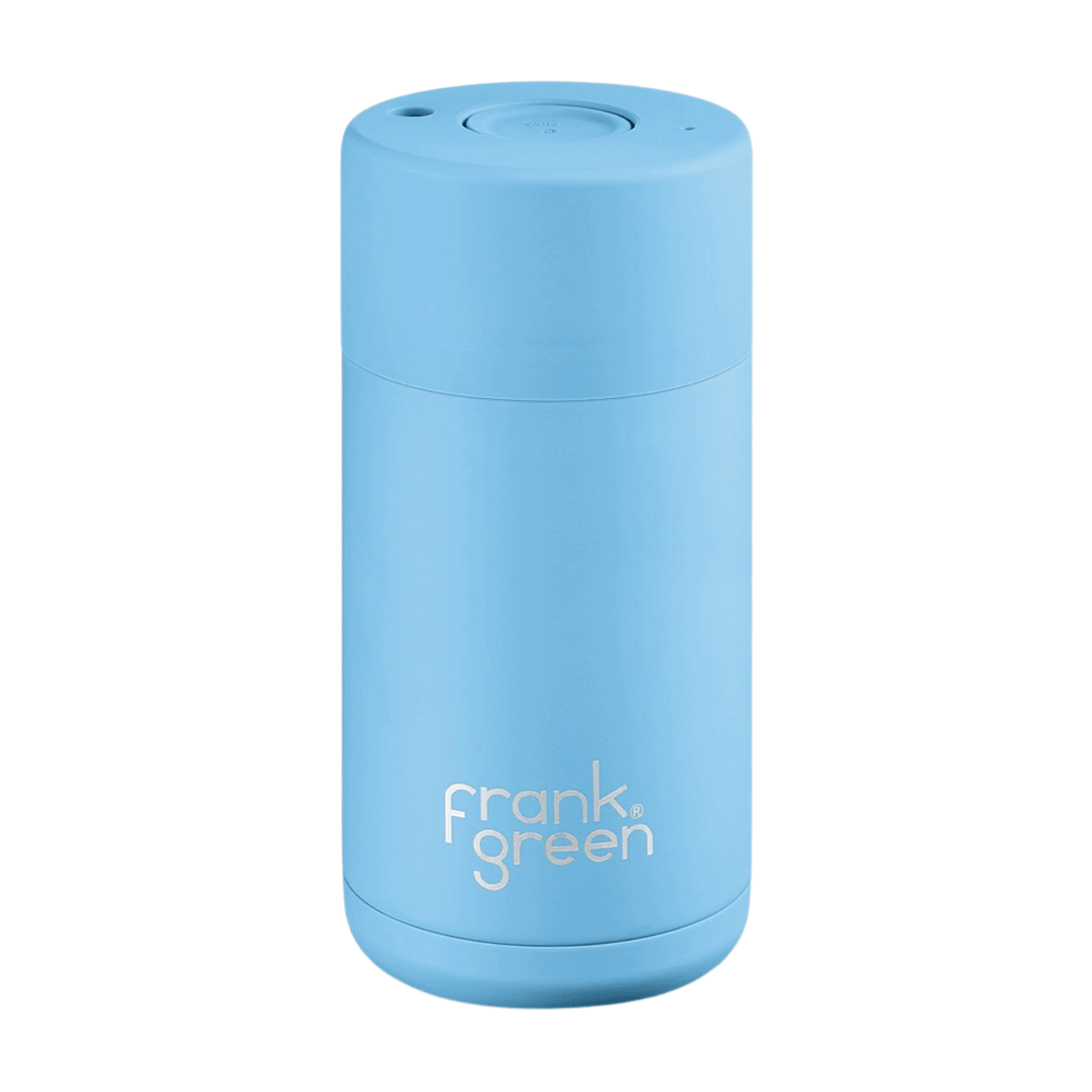What Comes After Decodable Readers?
A Guide to Independent Reading

🕐 Estimated reading time: 7 minutes | Last updated: July 2025
Decodable readers are a proven tool for helping young children crack the reading code. But decodable readers are not the final destination. Think of them as training wheels that build the foundations for fluent reading.
When students can decode with confidence, they are ready for richer texts that grow vocabulary, build comprehension skills, and inspire a lifelong love of books. But many teachers, parents, and literacy coordinators ask the same question: How do we know when to move kids beyond decodable readers and into more authentic reading materials?
This guide explains the signs to look for, how to make the shift in your Australian classroom or at home, and how to help your students grow into independent readers.
Table of Contents
- Why Decodable Readers Aren’t Forever
- Signs Your Students Are Ready to Move On From Decodable Readers
- How to Transition Beyond Decodable Readers
- Best Types of Books After Decodable Readers
- Keeping Confidence High
- Supporting Parents at Home
- Final Thoughts
Why Decodable Readers Aren’t Forever
Decodable readers are essential in any systematic phonics program in Australia. They match your school’s phonics scope and sequence, giving students targeted practice with specific letter-sound relationships. Using decodable readers helps students master decoding skills step by step with texts that match their phonics knowledge.
But the goal of synthetic phonics is to build confident, independent readers who can read any text they choose. Once students decode most regular words automatically and read fluently, they need more challenging texts to build comprehension, language knowledge, and a love of reading. This is when teachers and parents should start adding authentic books, storybooks, and levelled texts alongside decodable readers.
Think of decodable readers as the stepping stone that leads students into real-world reading. The better your plan for what comes after decodable readers, the smoother your students’ reading journey will be.
Signs Your Students Are Ready to Move On From Decodable Readers
Knowing when to transition away from decodable readers is an important part of any systematic phonics approach. The signs are often clear if you know what to watch for in your students’ reading habits.
Look for these indicators in your primary classroom or at home:
- Students decode new words with few errors, showing strong phonics knowledge.
- They self-correct when something sounds wrong, which shows active comprehension.
- They read with natural phrasing (prosody) rather than word-by-word monotone reading.
- They understand what they read and can summarise or discuss main ideas confidently.
- They start choosing books on their own that have more complex or unpredictable text.
If your students are showing these signs, they are ready to mix more complex texts into their reading routine. This does not mean throwing away decodable readers completely, use them alongside authentic texts to keep phonics skills sharp while building comprehension and vocabulary.
How to Transition Beyond Decodable Readers
Moving beyond decodable readers should be gradual and intentional. Teachers and parents in Australia need to balance phonics practice with exposure to richer texts that challenge students and help them grow.
Here’s how schools and parents can manage this transition:
- Start with simple early readers that still have supportive features like repeated phrases or picture clues, but fewer controlled words than decodable readers.
- Introduce predictable texts with familiar sentence structures and high-frequency words. These books help bridge the gap while building fluency.
- Add shared reading, guided reading, and read-alouds that expose students to more complex language. This helps them hear new vocabulary and sentence patterns.
- Continue to use decodable readers for extra phonics reinforcement when students are learning new graphemes or tricky spelling patterns.
Combining these text types keeps students challenged but not frustrated. Over time, they will rely less on decoding support and more on meaning-making strategies, which is the goal of any strong systematic synthetic phonics program.
Best Types of Books After Decodable Readers
When your students are ready to move beyond decodable readers, variety is key. They need books that stretch comprehension, introduce new topics, and keep them curious about reading.
Popular next steps for schools and parents include:
- Levelled readers with engaging plots and slightly more complex vocabulary.
- Short chapter books that help students develop stamina and tackle longer stories.
- Non-fiction texts about topics students love, such as animals, nature, or science. This boosts knowledge and motivation.
- Poems, rhymes, or simple plays that help children practise reading with expression and fluency.
- High-quality picture books with beautiful language and richer sentence structures.
By offering different book types, teachers and parents help students build the bridge between structured phonics practice and the freedom to read for meaning and enjoyment.
Keeping Reading Confidence High
A successful move away from decodable readers depends on one thing: keeping students’ reading confidence strong. If a child moves to more difficult books too quickly, they may feel frustrated or lose interest.
Set students up for success with these practical steps:
- Choose books where the student can read about 90 to 95 percent of words accurately. This is the sweet spot for fluency.
- Before reading, discuss new or challenging words and connect them to the student’s phonics knowledge.
- Teach students to use multiple reading strategies: blending, context clues, and illustrations.
- Celebrate small wins, like finishing a chapter or reading aloud with good expression.
Confidence is built through success. The right mix of challenge and support helps students see themselves as capable, independent readers, exactly what systematic phonics instruction sets out to achieve.
Supporting Parents at Home
Many parents across Australia feel nervous when their child starts reading books that are less controlled than decodable readers. They often ask if it’s too soon or worry about mistakes.
Teachers and schools can reassure families by sharing clear information:
- Explain that decodable readers are only one stage in learning to read. The goal is independence.
- Let parents know it’s normal for children to make more mistakes when reading authentic books, that’s how they learn.
- Suggest that families keep a mix of familiar decodable readers and new books at home.
- Remind parents that reading aloud together remains powerful for developing new vocabulary and comprehension skills.
Sharing book lists and tips for choosing ‘just right’ books can help families feel confident about supporting reading growth at home.
Final Thoughts
Decodable readers help students master the building blocks of reading. But moving beyond decodable readers is what helps them grow into skilled, curious, and independent readers for life.
Keep phonics practice active, but blend in a wider range of books that open up a world of ideas and stories. With the right support at school and at home, your students will build the confidence to read anything they choose.






